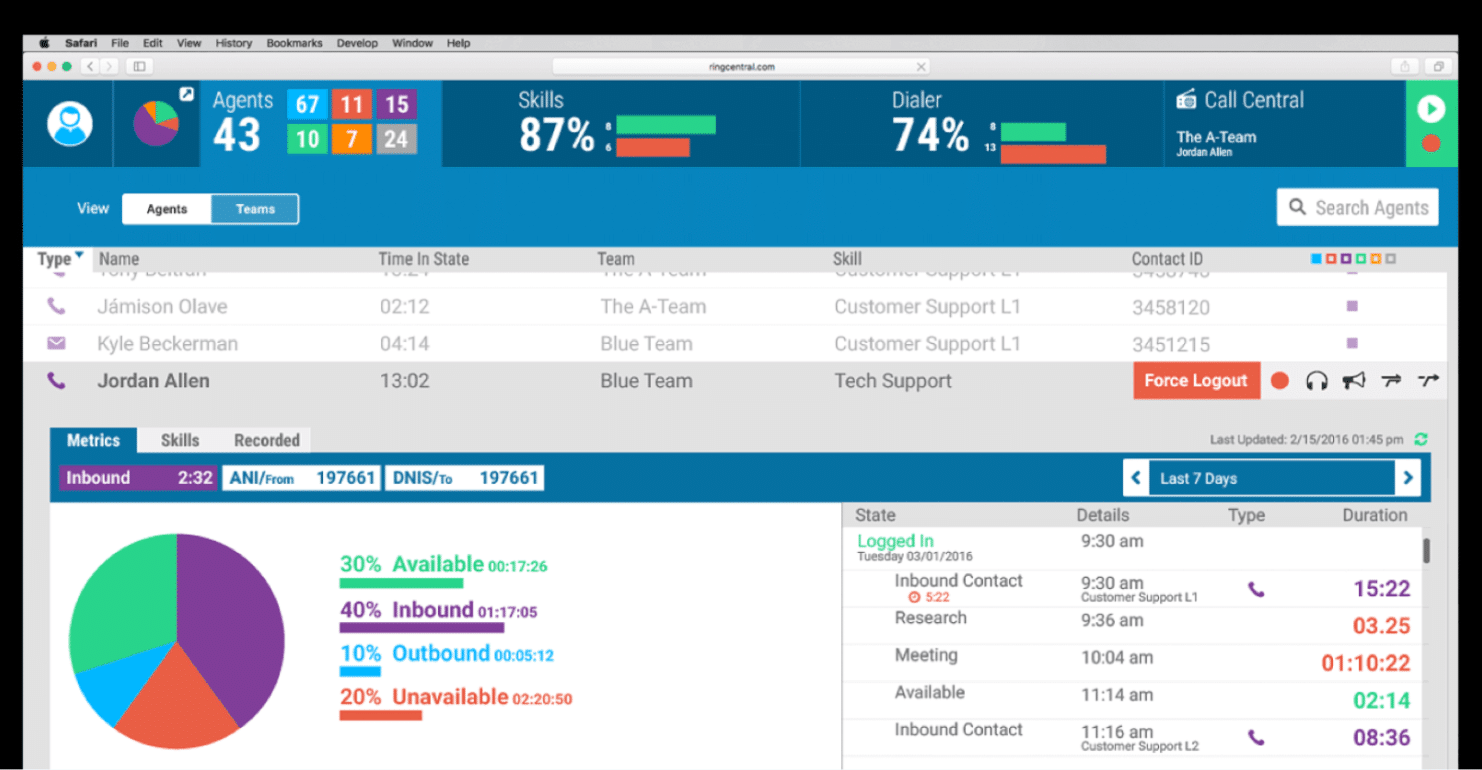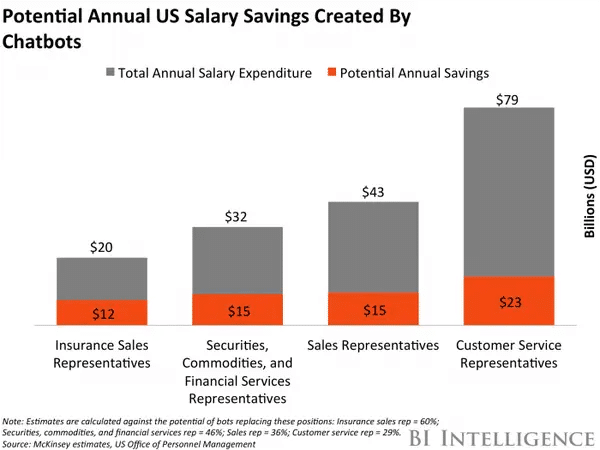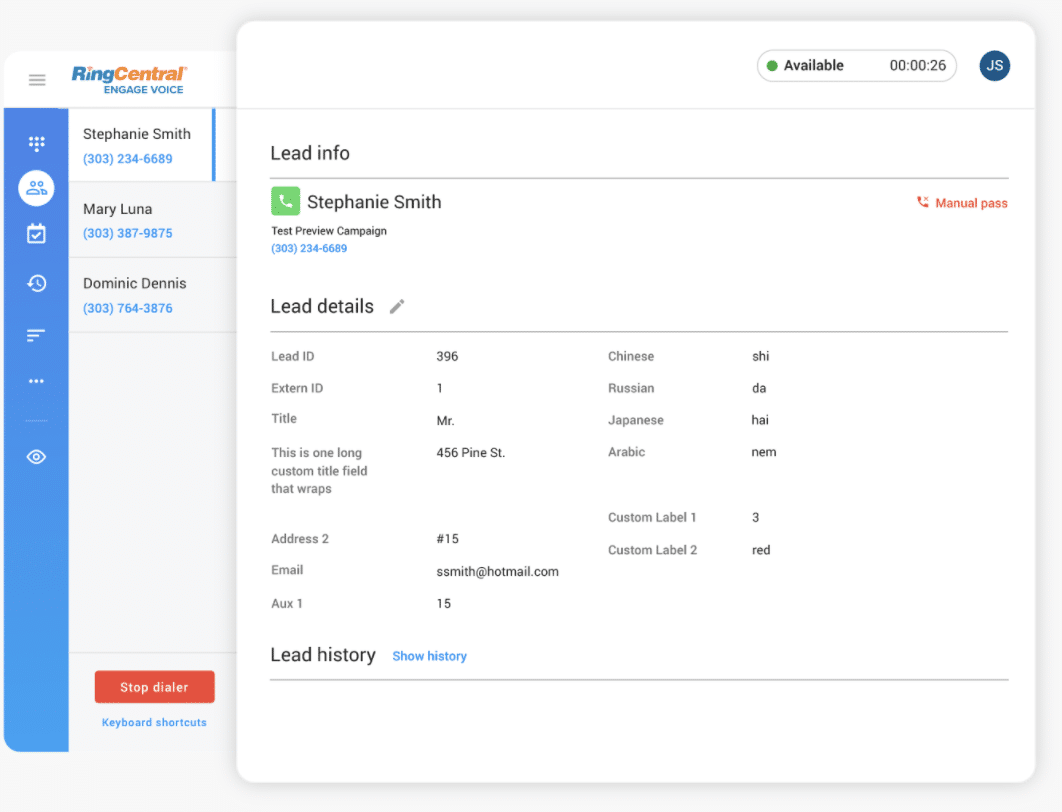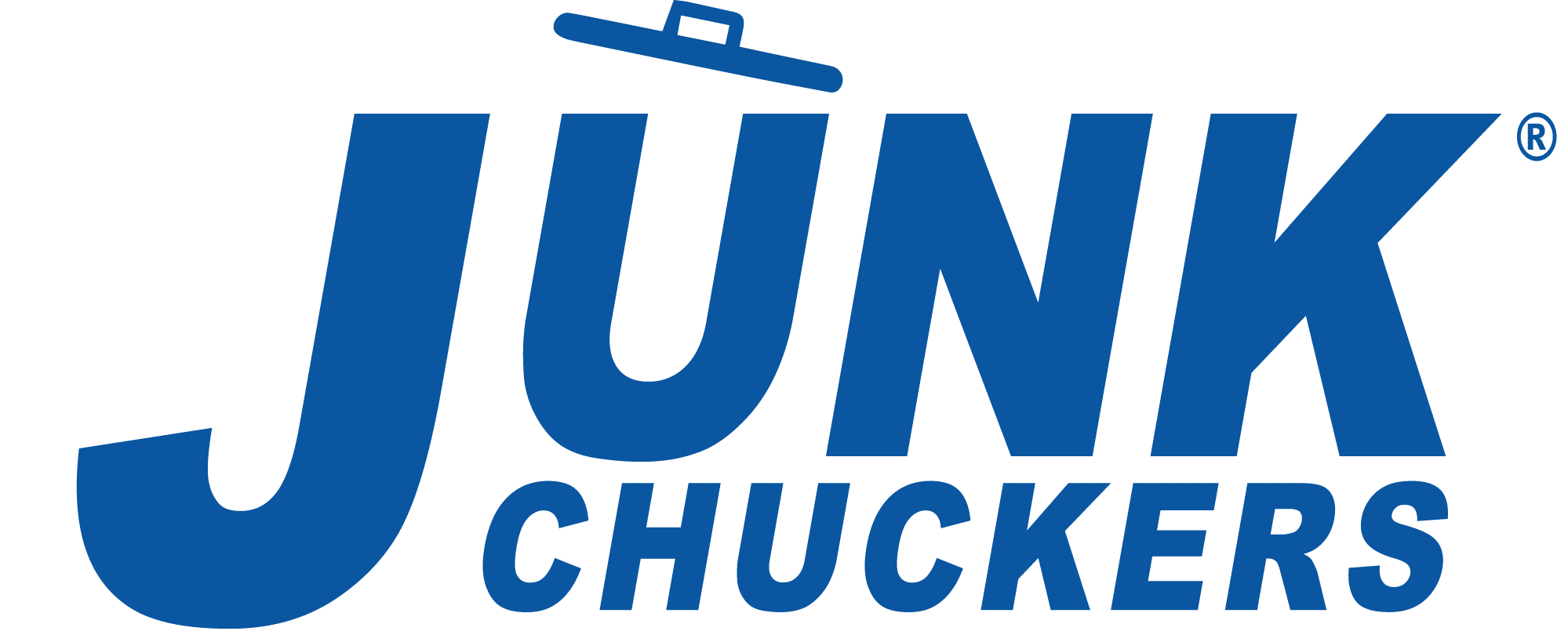Several studies have predicted that by this point in time, about 80% of customer service contact would be automated,1 and it’s no wonder why.
The ability to automate support, especially as a small business, can free up serious time, resources, and money for business growth while still giving your customers a first-rate service experience.
But not all customer service automation is created equal, and not every kind of customer belongs in an automated customer service flow. That’s why we’ve rounded up the dos and don’ts of automated customer service, as well as some companies who are doing it right.
In this post, we’ll cover:
- What “automated customer service” means
- Inbound vs outbound customer automation
- 6 advantages of customer service for small businesses
- 7 automated customer service best practices
- 3 examples of automated customer service (from real companies!)
⭐️⭐️⭐️⭐️⭐️ Ready to offer 5-star customer service? Get strategies for every stage of the customer journey with this free eBook.
What is automated customer service?
Simply put, automated customer service is the use of technology, instead of a human, to deliver support to your customers.
Chances are good that you’ve interacted with automated customer service systems (aka customer service automation). Let’s see if any of these sound familiar:
- You called the bank and typed in your account number to check your balance instead of talking to someone (self-service).
- You emailed a company about a purchase and got an immediate reply thanking you for your message and telling you how long it would take to get back to you (canned response).
- You had a problem with your computer, so you checked the company’s FAQ page to see if it was a common or easy-to-fix issue (knowledge base).
Another form of automated customer service that’s super popular today is chatbots. You might see this technology on a website as a pop-up messenger window, where you can ask questions (like satisfaction survey questions) and get answers right away.
These are just a few examples of customer service automation. Let’s take a closer look at ways you can automate support but not lose the personal touches that set your business apart.
[ebook-download title=”How customer-obsessed is your business?” link=”https://netstorage.ringcentral.com/documents/quiz_how_customer_obsessed_your_business.pdf” cta-text=”Take the quiz” src=””]
Inbound vs outbound customer automation
The examples above all involve inbound automation: automated customer service solutions for people who seek you out. You can also use technology to optimize your own customer outreach.
Outbound automation is used most often on the sales side to generate new leads or upsell an existing customer. But when used properly, outbound automation can give you a more proactive customer service approach.
In this post, we’ll show you some real-life examples of automated customer service that you can use in your small business.
What are the advantages of automated customer service?
Here are six big benefits that come with automating parts of your customer service strategy:
1. Help more customers with fewer resources
When you’re a small business, doing more with less is the name of the game. Customer support automation is one way you can get more customers the answers and assistance they need with a small support team.
Automated customer service allows customers to have their simpler questions and issues solved without any human interaction, whether they call and use your interactive voice response menu or use a chatbot on your website. Automating the easy fixes can take these smaller issues off your service team’s plate, which frees up room for them to help others.
You probably put two and two together and saw this coming: customer service automation also saves you serious coin It means your team can handle more customers without needing to hire more agents, so you can grow your revenue without immediately taking a hit in increased compensation.
But don’t take our word for it! Here’s the potential salary savings created just by chatbots from Business Insider:
2. Customers want self-service (no, really)
Millennials have been blamed for a lot lately: the decline in diamond sales, the death of the top sheet, avocado toast. But they’re also responsible for the rise of self-service, which has made customer support easier for both businesses and consumers alike.
People are busier and more tech savvy than ever before. They’re skilled at scouring the internet for the best solution to their problems, and they’ve honed this talent with one important goal in mind: to never have to talk to a human on the phone ever again.
Okay, we’re exaggerating. When there’s a complex issue, customers of all ages still expect to be able to get to a human being (more on that later). But if they can answer their own question, on their time and without sitting on hold, that’s a happy customer.
Millennial and Gen Z customers also appreciate the option to contact you in different ways: email, social media messages, even text. This sounds daunting but is easy to manage if all of your customer service communications live on one platform.
3. Be more available to your customers
Picture this: it’s 5 a.m. where you live, and you’re in the middle of a lovely early morning dream about you and [insert favorite celebrity here] on the French Riviera.
Cut to three time zones ahead: it’s 8 a.m., and one of your customers needs to check the status of an urgent order before his busy day takes off. His boss’s birthday is this week… and so are performance reviews. He scours your website and his email to find a tracking number or a link for how to track orders, but there’s no way to reach you outside of business hours.
Will this customer buy from you again? All signs point to… not likely.
If you’d had a chatbot on your website that was programmed to share the status of orders, you could’ve set this guy’s mind at ease without having to leave the Mediterranean in your mind. Automated customer service expands the hours you’re able to help people beyond the usual nine-to-five, which is a real gift that they appreciate. And happy customers are loyal customers.
4. Get more customer feedback
Feedback is one big way automated customer service can also help you and your team. When you’re trying to grow your business, the idea of gathering customer feedback can fall to the wayside. But with the right automation tool, you can send quick, easy customer surveys without a lot of work.
One way to use this feature is to automate a one-question survey to pop up for your customer after a purchase or once you’ve solved an issue they were having. That way, you get a real-time pulse on how your service stacks up.
5. Learn from the metrics
One of the biggest benefits of automating your customer support is the ability to measure and analyze every step of the buying or service process.
Any automated customer service tool that’s worth its price will offer in-depth reporting on how well your automation is helping people. This data will come in handy when it’s time to evaluate your processes and make adjustments:

RingCentral’s customer engagement solutions easily track the success (and red flags) of your automated and manual customer service strategies.
6. Support your service team for better retention
Happy employees usually lead to happier customers. Good customer service tools can go a long way to improving your employee experience, which means better employee engagement and retention. And when your support team sticks around, your customers are likely to get more knowledgeable and personalized support.
So, how does automated customer service affect your team? If more customers are able to self-serve on easy questions, this reduces the volume of work on your service agents’ plates. Plus, on the back end of these automation tools, there’s often a wealth of productivity aides for them, like task lists and automatic reminders so they’re always on top of their game.
As for the customers your agents will help directly, everyone works better with fewer distractions, and the ability to solve these bigger issues more quickly is good for employee and customer morale.
7 automated customer service best practices
1. Choose the right automated customer service tool for your business
The point of task automation is to make your life easier. The last thing you want is to bring new technology to your team that doesn’t do what you need it to do, or is clunky and confusing for them to learn. So your first customer service best practice is…
Try to find a tool that:
- Efficiently routes your inbound calls through a self-service interactive voice response menu
- Uses AI to assign messages automatically to agents with the right customer service skills to answer the question
- Offers chatbot integrations
- Includes the ability to automatically survey customers
- Offers in-depth reporting on service automation
- Is easy and intuitive to use and organizes customer requests in a way that makes sense
Instead of cobbling together different automation tools, try a platform that consolidates these features (like RingCentral’s customer engagement solutions, which offer a variety of ways to automate both for your customers and support team, for better service and more smiles all around).
2. Give automated customer service a personal feel
One major way small businesses can compete with the big dogs is how they make customers feel. It’s easier to personalize when you’re small. And while the idea of automation may feel cold, there are ways to offer support to more people without icing them out:
- Always offer the option to talk to a human. Put yourself in your customer’s shoes. Sometimes a question is too complicated for a robot to handle, and that can lead to a wild goose chase. And sometimes, people just aren’t as comfortable with automation and prefer talking to a person first. So let them!Whether it’s a prompt on your automatic call distributor or in the chatbot window, you’ll still have a good amount of people who choose to self-serve and free up your agents.
- Keep track of incoming requests and respond ASAP. Nothing makes people feel more like a number than submitting a request for help and getting crickets in return.Even when people choose the self-service option and go through your automated systems, they might have follow-up questions or requests that a bot or canned email response can’t answer. Be sure to stay on top of all kinds of service you offer so you can get back to people promptly. Use the back-end automation to program how incoming requests are tagged, so nobody falls through the cracks.
- Follow up. The great thing about automation is that everything is recorded and tracked. You can see a customer’s journey through your system, see where they had trouble, and where they ended up.Be sure to check in with folks to better understand how your system worked for them, both automatically (a one-question satisfaction survey) and personally (an email or text message). This will help you improve your automation, improve your customer service, and show customers you go the extra mile to keep them satisfied.
3. Know when not to automate
The idea of automation is exciting, isn’t it? So why not go for it, whole hog, and automate your entire process? How could that go wrong?
Famous. Last. Words. There are a few delicate times when you shouldn’t automate your customer service:
- When a customer is trying to buy (or return) something. If an exchange of goods, services, or money is in order, it’s best to connect customers with a live agent whenever possible. This is a time when people want, and expect, to feel especially cared for, and following reliable customer service principles can help you increase the chances of a customer trying your business again. Note: For e-commerce shops, the purchasing bit doesn’t usually apply, of course. But for returns, be sure there’s a real person fielding calls and emails of this nature to help manage a customer’s experience with your brand. (Learn more about e-commerce customer service.)
- When a customer is brand new. Nobody move a muscle! We’ve got a live one on the line. You know how tricky it can be to reel in a new customer, so you don’t want to blow all that hard work by making these newbies feel like just another number.
- When a customer is a VIP. It goes without saying; the more personal touches you can offer your VIP clients, the more likely it is that they’ll stick around.
- When a customer has tech anxiety. Some generations are comfortable with online bill pay, while others would rather walk in the store and cut you a check. Make sure you’re offering ways for folks from all age groups to be served, or you could be stressing out some of your clients by forcing them to interact in ways they don’t love.
But how do you identify these special cases and get them to a human being? Find a customer service tool like RingCentral, which integrates with your customer relationship manager (CRM). This allows you to tag your special or sensitive customers so the automatic distribution systems deliver them directly to a live agent.
4. Make your automated service options hard to miss
We can’t stress enough how important it is to make things easier for your customers. Be sure your customers know all the wonderful ways they can help themselves by putting that stuff everywhere. Here are a couple ways to do that on your website:
- On your Contact Us page, lay out all the ways they can be helped without talking to a person. Specify the services that don’t require a live agent: bill pay, order tracking, etc., so they know they can dial and get help with the little things, any time of day.
- Broadcast your FAQ page by making sure there’s a link to it on as many pages as possible, either on the main navigation at the top of the page or on the side bar. There are even widgets that you can embed onto pages now that “float” your FAQ search bar throughout the website, saving customers a click if a question arises.
- Got a chatbot? Put it on every webpage that makes sense, and populate it with a few questions they might already have in mind to save them the typing.
5. Think like your customers
When it comes to your automations, it helps to understand two things:
- What your customers need to know
- How they try to find that information
Not every customer is going to speak your language, literally and figuratively. The vocabulary you use for your products and services might not line up exactly with how customers would talk about them.
The better you can pinpoint the actual search terms people use as they work through your automated processes, the more closely you can align the phrasing of the questions with their own language. This means they’ll find what they need more quickly, which makes everyone happy.
A great place to start: your website analytics. How are customers landing on your pages through organic search? What do they search for once they’re on your page? What do they type into the FAQ box? Which helpful pages are getting the most traffic? From there, talk to your customer service team; they’re your eyes and ears on the ground. Find out what simple questions they hear over and over and use all of this information to build that knowledge base and inform your automated services.
6. Adjust your automation regularly
As you grow and change and offer more services and products to the world, your customers’ needs and questions will change. It’s important to think of automation as a living, breathing thing, not a switch you flip once and walk away from.
Use employee input, customer surveys, and your call center analytics to look for new trends in service needs that pop up over time. Schedule regular moments during the year to circle up with your team and decide what needs adjusting based on these trends: the call and message routing? The FAQ page? The bot prompts? All the things? (Spoiler alert: it’s pretty often “all the things.”)
7. Stay compliant with outbound automation
If you plan to do proactive customer service outreach, this one’s for you. Regulations for outbound interactions are always changing, so it can be challenging to stay ahead and make sure you’re in compliance.
That’s why it’s a good idea to find a rule-aware service partner who can give your business peace of mind, so you can focus on keeping your customers happy. Have we mentioned RingCentral yet? For what it’s worth, we literally wrote the book on outbound engagement and compliance:
3 examples of automated customer service from real-life companies
1. 24 Hour Tees automates through integrations while still providing a human touch
This small business out of Nebraska designs T-shirts for fundraisers. They’ve leaned in on automation with RingCentral’s help, creating automated text message campaigns tied to their CRM.
Customers can text them about an order, or 24 Hour Tees can send them an automatic update on their shirts, thanks to the smooth and seamless integration. It’s automated, but it still feels personal:
2. Junk Chuckers revenue leaps 275% with phone automation
“Your call is very important to us. Please stay on the line.”
Can you imagine a company’s success exploding by 275% from these 12 words? It happened for Junk Chuckers, a small trash removal company in Toronto.
They needed help tracking customers and keeping them on the hook. RingCentral’s automated call distribution system worked like gangbusters for them.
3. Stumptown Coffee fixed their routing problems with easy automation
One of the most important things to consider as you wade into automated customer service is usability for your team. If your team is unable to use the technology easily, it brings everything to a screeching halt.
Stumptown Coffee had an overly complicated phone system that was easy to send off the rails with an error on the back end. But now they use RingCentral, whose easy-to-navigate interface has made everyone’s lives easier. A move like this is good for team morale, and customers get the answers they need more quickly. A real win-win.
Automated customer service is a dream… when done right.
Automating your customer service can increase the number of customers you can help, which is a real asset when it comes to growing your business. It can also mean happier customers and employees, and a team that works better together. All of this together points to increased revenue on the horizon. So, what are you waiting for?
If you’re ready to make the leap into customer service automation, it’s important to have a good base to build on. Unless you’re in the tech world, we wager you probably aren’t jazzed about cobbling together three or four (or more) customer service apps to make one Frankenstein platform for your team.
Try to think out further than the next six months when planning to automate your customer support. What kind of infrastructure will your team need a year from now? Two years? Five? Do you want a partner that will go the distance, or a tool you’ll outgrow and have to replace? You know our vote. With affordable customer service software like RingCentral, that grows and integrates with you, you can breathe easy and go back to building that pipeline.
Originally published Apr 16, 2020, updated Jun 17, 2024










